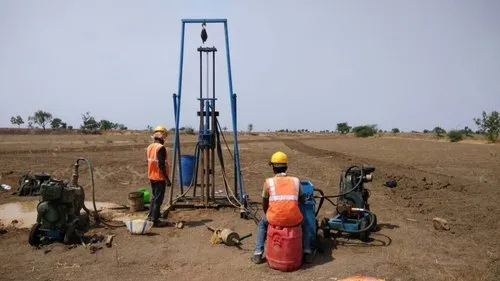Core Testing Technologies
- Standard Penetration Test (SPT): A borehole-based test where a split-spoon sampler is driven into the soil to assess resistance. The blow count provides estimates of soil density and bearing capacity.
- Cone Penetration Test (CPT): A cone-shaped probe is hydraulically pushed into the soil while continuously recording tip resistance, sleeve friction, and pore pressure, offering a detailed profile of soil layers.
- Seismic Cone Penetration Test (SCPT): Combines CPT with seismic sensors to measure shear wave velocity—an essential factor for seismic and dynamic analysis.
Digital Integration in Geotechnical Services
Modern geotechnical investigations now integrate digital platforms for data collection, visualization, and project planning. Key innovations include:
- GIS-Enabled Soil Mapping: Real-time location-tagged data improves planning accuracy.
- Cloud-Based Data Management: Centralized storage of borehole logs, CPT data, and reports ensures easy access and collaboration.
Test Procedure for Geotechnical Investigations
- Site Setup: Identify test points using topographical and satellite data. Clear the area and record initial coordinates via GPS.
- Standard Penetration Test (SPT)
- Drill boreholes to target depths.
- Drive a split-spoon sampler with a drop hammer.
- Record blow counts at 15 cm intervals.
- Collect soil samples for laboratory analysis.
 3. Cone Penetration Test (CPT)
3. Cone Penetration Test (CPT)
-
- Position and level the CPT rig.
- Push the cone into the soil at 2 cm/sec.
- Continuously measure tip resistance, sleeve friction, and pore pressure.
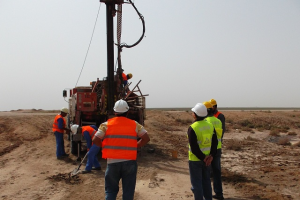
- Seismic Cone Penetration Test (SCPT)
- Perform CPT with integrated geophones.
- Generate surface seismic waves.
- Measure wave travel time to determine shear wave velocity.
- Data Acquisition and Validation
- Log data in real time using digital systems.
- Verify sensor calibration and consistency of measurements.
- Laboratory Testing (SPT Samples)
- Conduct tests such as Atterberg limits, grain size distribution, moisture content, direct shear, triaxial, and consolidation.
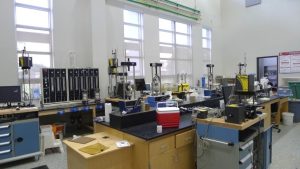
- Reporting and Interpretation
- Prepare bore logs and CPT profiles.
- Analyze test results to deliver site-specific geotechnical recommendations.
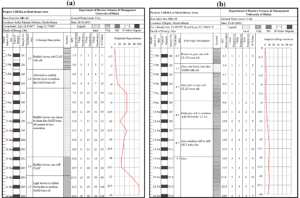
Advantages of Geotechnical Testing
- Prevents structural failures and ground subsidence.
- Ensures optimized foundation design.
- Reduces construction delays and cost overruns.
- Enhances compliance with safety codes and environmental regulations.
- Supports resilient and sustainable urban development.
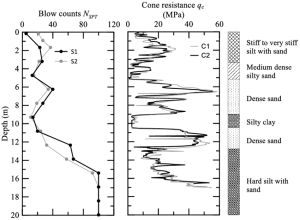
Geotechnical investigation is a critical component in delivering safe, durable, and cost-effective infrastructure. With techniques like SPT, CPT, and SCPT, engineers can deeply understand subsurface behavior and design accordingly. In emerging economies like Bangladesh, the integration of digital tools and advanced analytics is reshaping the industry, making geotechnical testing smarter, faster, and more reliable than ever. As construction challenges evolve, the role of precise soil investigation will only grow more indispensable.

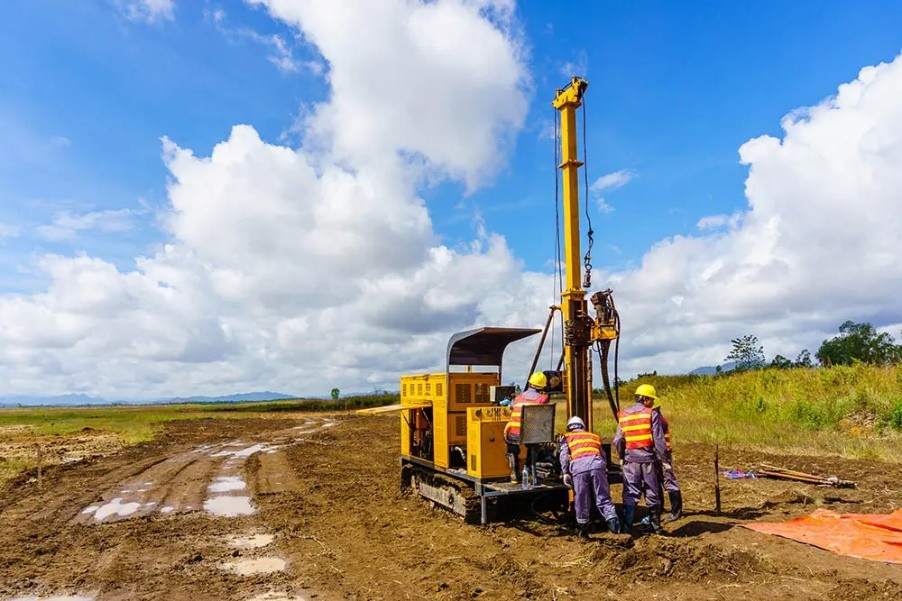
 3. Cone Penetration Test (CPT)
3. Cone Penetration Test (CPT)



